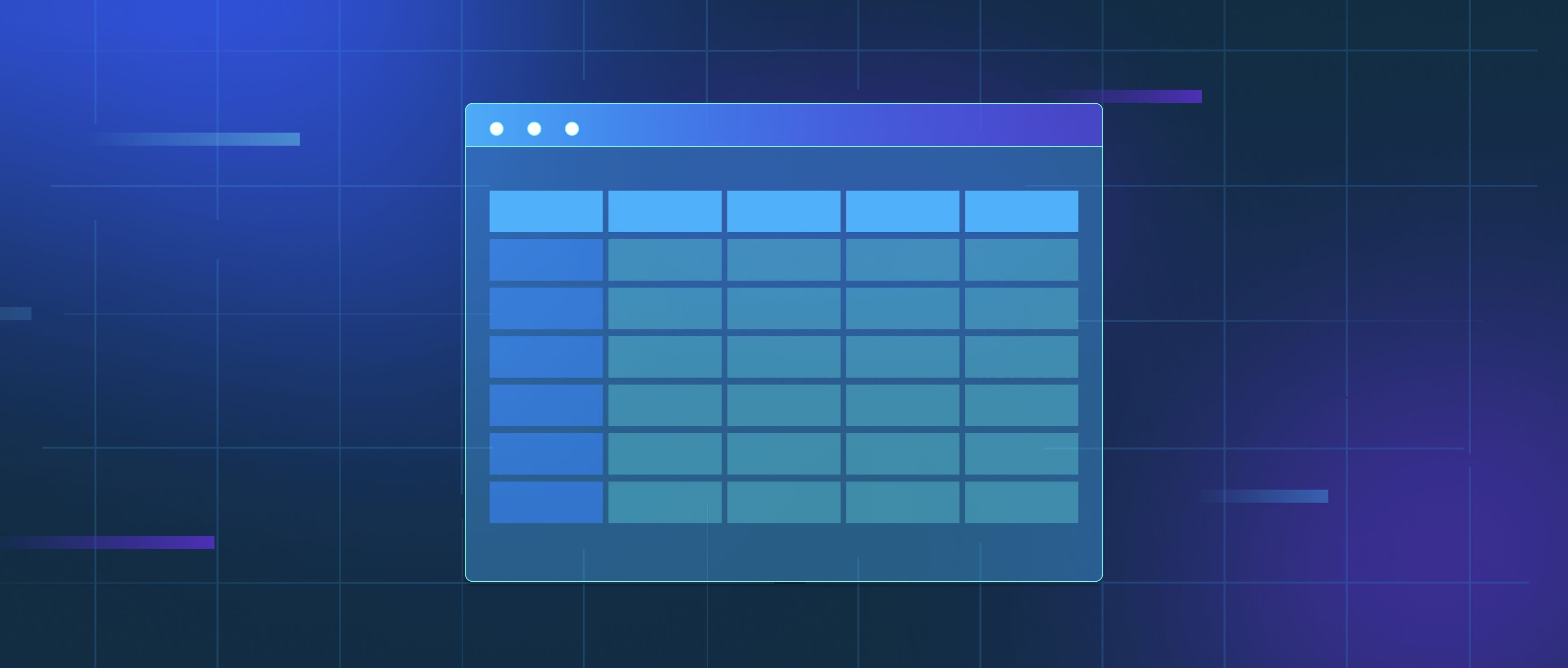Edge AI can significantly enhance remote diagnostics by processing data locally on devices rather than relying on centralized systems or cloud services. This localized processing helps in quickly analyzing data and making decisions, which is crucial when diagnosing issues in real-time. For developers, this means that applications can remain responsive even in environments with limited connectivity. For instance, an edge AI system in an industrial machine can monitor sensor data, detect anomalies, and provide insights without needing to send all this data back to a remote server.
Another advantage of using edge AI for remote diagnostics is improved security and privacy. By processing sensitive data locally, organizations can reduce the risk of exposing critical information during transmission over networks. Developers can implement features that ensure only necessary data is sent to the cloud, such as summary statistics or alerts, rather than raw data. This selective data handling minimizes the chances of hacks or breaches, which is particularly important in sectors like healthcare or finance where data security is paramount. An example could be a wearable health device that analyzes heart rate variability on the device and only alerts remote doctors when it detects critical changes.
Moreover, edge AI supports the ability to provide offline or minimal connectivity options for remote diagnostics. In scenarios where reliable internet is not available, such as remote equipment or field devices, edge AI can carry out diagnostics without a constant connection. For example, in agriculture, drones equipped with edge AI can monitor crop health and diagnose issues like pest infestations without needing to transmit imagery or data until they return to a more robust network. This flexibility allows for timely decision-making and reduces downtime for machines and systems, making it a valuable tool for developers to incorporate into their diagnostic solutions.
